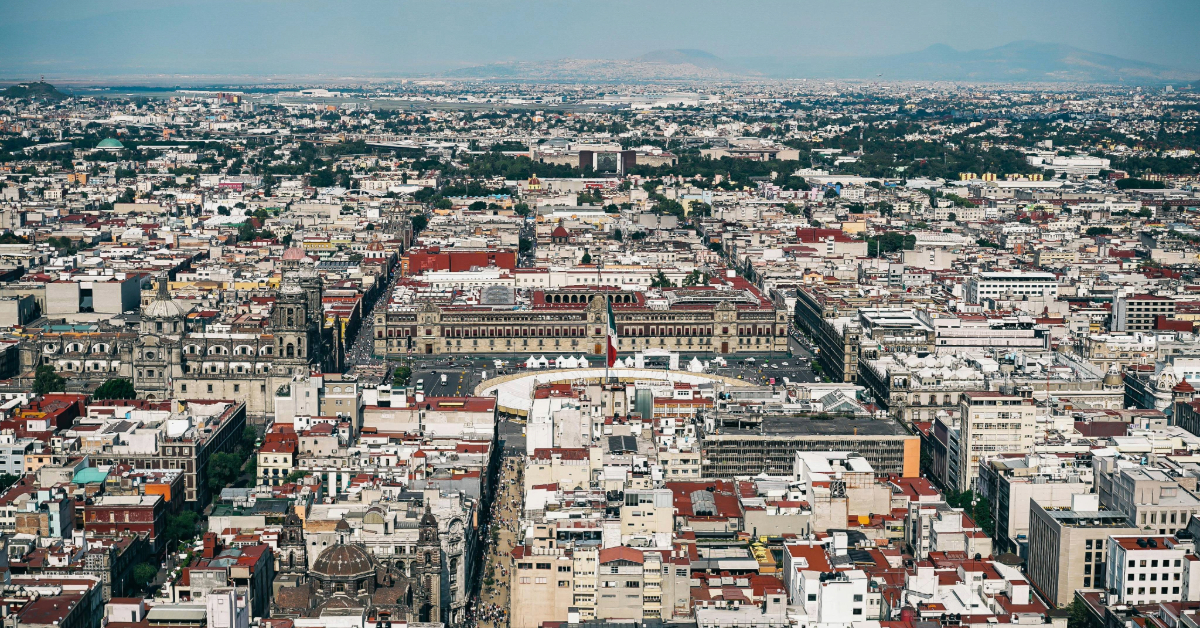City housing shortage, not gentrification, drives prices skyward as planning lags behind demand and foreigner influence remains minimal.
High real estate costs in Mexico City stem from a deep and persistent housing shortage—exacerbated by land constraints, tangled regulations and speculative investment—rather than by the presence of foreign residents. Despite headlines blaming “gentrification,” foreign-born residents make up just over 1 % of the city’s population, while planners estimate a gap of some 500 000 homes to meet current demand.
Mexico City’s housing deficit outweighs expat demand by a wide margin. Infonavit, the federal workers’ housing institute, calculates that the capital needs roughly 500 000 additional units to keep pace with urban growth and replace substandard dwellings. By contrast, just 104 629 residents (about 1.14 % of the 9.2 million total) were born abroad as of the 2020 census . Even if every foreign-born resident occupied a separate home—a highly unlikely scenario—that would cover only about 21 % of the shortfall. And the overwhelming number of foreign born residents in Mexico City are migrants from Central and South America, not wealthy foreigners.
Areas popular with expats—such as Colonia Roma and Condesa—have long been enclaves for Mexico City’s upper classes, not newcomers. In the late 19ᵗʰ and early 20ᵗʰ centuries, wealthy families commissioned grand Art Nouveau and neo-classical mansions on what was then the western edge of the city; these “modern” colonias were built for bankers, factory owners, politicians and artists. Condesa, formally established in the early 1900s, likewise grew as a haven for middle- and upper-class residents, including waves of Jewish and European immigrants—long before it became a hipster magnet. These areas were never affordable to most of Mexico’s working class, and Mexican bankers, politicians, and business owners, continue to live in these neighborhoods at rates of 25 to 1 foreigner.
Today’s expat community remains small and concentrated. Although Roma and Condesa host many foreign residents, the overwhelming majority of properties—both long-term rentals and homes—are owned and occupied by Mexican nationals. Studies of Airbnb hosts in Mexico City show that professional operators (who manage multiple listings) are overwhelmingly residents of Mexico, and there’s no evidence that foreign-born individuals dominate short-term rentals.
The real drivers of high prices lie elsewhere. Scarce buildable land in central boroughs, lengthy permitting processes and rising construction costs have slowed new supply. Higher interest rates and limited mortgage access constrain both developers and homebuyers. Meanwhile, speculative investment—by domestic and global capital—removes existing units from the market as properties are purchased as assets, not homes for full-time residents.
Policy efforts to date have fallen short of what’s needed. Infonavit’s new social-housing program will add 26 000 affordable units over five years—just a drop in the bucket against a 500 000-unit gap. The federal “Housing for Well-Being” initiative aims for 1.1 million homes by 2030, but progress has been sluggish and units remain out of reach for many middle- and low-income families.
Addressing Mexico City’s housing crisis calls for a multi-pronged approach:
- Streamline approvals for infill and mid-rise developments in well-connected areas.
- Incentivize mixed-income projects to ensure supply at all price points.
- Strengthen rental protections—such as long-term leases and vouchers—to stabilize costs for tenants.
- Upgrade informal settlements with infrastructure and legal titles rather than displace residents.
- Encourage community land trusts and cooperatives to keep homes permanently affordable.
Ultimately, Mexico City’s unaffordability reflects a structural shortfall and planning failures—not a scapegoat in gentrification or the modest expat population. Closing the Mexico City housing shortage demands bold, coordinated action from federal, city and private stakeholders—before more families are priced out of the capital.
City housing shortage, not gentrification, drives prices skyward as planning lags behind demand and foreigner influence remains minimal.












